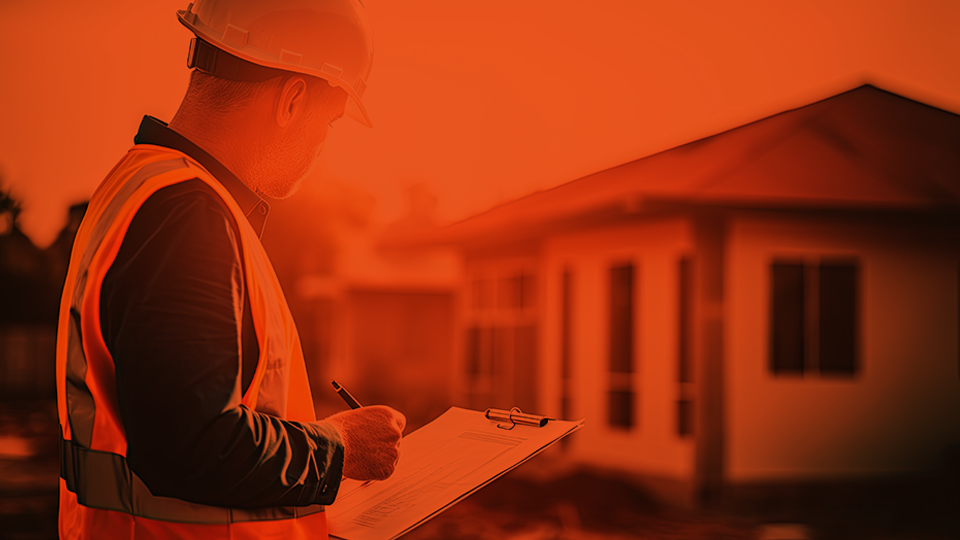Do you feel protected at this time of year? For those of us in winter, have we battened down the hatches, gone to ground, retreated, and hibernated? Or do we feel lifted and exhilarated as we face the wind, rain, and other elements? For those of us in summer, are we embracing the blue skies and warm breezes and enjoying the liberation of these so-called lazy days of summer? Or do we feel exposed by the rising temperatures and, perhaps, even resentful of them?
What is interesting about the weather, no matter what the season, it seems the messaging is centred around protection. In winter, we are given colored weather alerts—sirens, if you like—to protect ourselves from wind, rain, and storms. In summer, we are advised of the UV index and when it’s safe to be out in the sun. In winter, we are instructed on how to prepare for extreme weather events, while in summer, we are just instructed to “wear protection.”
So, all this messaging about protection is out there all year round.
However, is the call to protect ourselves only coming from outside sources? Is the call to protect ourselves, more often than not, evoked by a crisis? If so, are we equating protection to a state of fear, catastrophe, and reaction, or can it mean something else?
By definition, protection is keeping something or someone safe. However, keeping something safe is not just for times of crisis. Our protection and safety apply to all times and go beyond just the physical, extending to our mental safety as well. Our mental health and wellbeing need to be safeguarded as much as our physical health, not just when we are in crisis mode but in every mode and for every mood.
How do we do that? What’s the maintenance plan for our mental health and wellbeing? What is our protection policy? Do we even have one? Where is our own internal alert system, our siren, to ensure whether we are feeling ok?
Protection and mental health and wellbeing are closely linked. When we feel safe and protected, we are more likely to be mentally well. To protect our mental health and wellbeing, we need to learn how to cope with difficult emotions and stress. We need to build strong and supportive relationships. We need to provide ourselves and others with a sense of belonging. We need to create a safe environment where nobody feels threatened, isolated, or excluded. We all have a role in protecting each other.
However, raising awareness about mental health and wellbeing is not enough. We need to talk to each other about our mental health and wellbeing, openly and honestly. The greater the conversation, the greater the encouragement for people to seek help when they need it. Creating inclusive and supportive environments means a greater feeling of protection and safety. It’s important to make sure protection of ourselves and others is not a once-off, sporadic endeavor or a reaction to sudden events. Protecting our mental health and wellbeing needs to be as proactive and as daily a routine as washing our faces.
However we get through our winters, whether we hibernate from the cold or dance in the snow, and however we get through our summers, whether we bask in the sun or seek out the shade, our mental health and wellbeing is for all seasons. Let’s be aware of it. Let’s protect it.
#IAmHere
